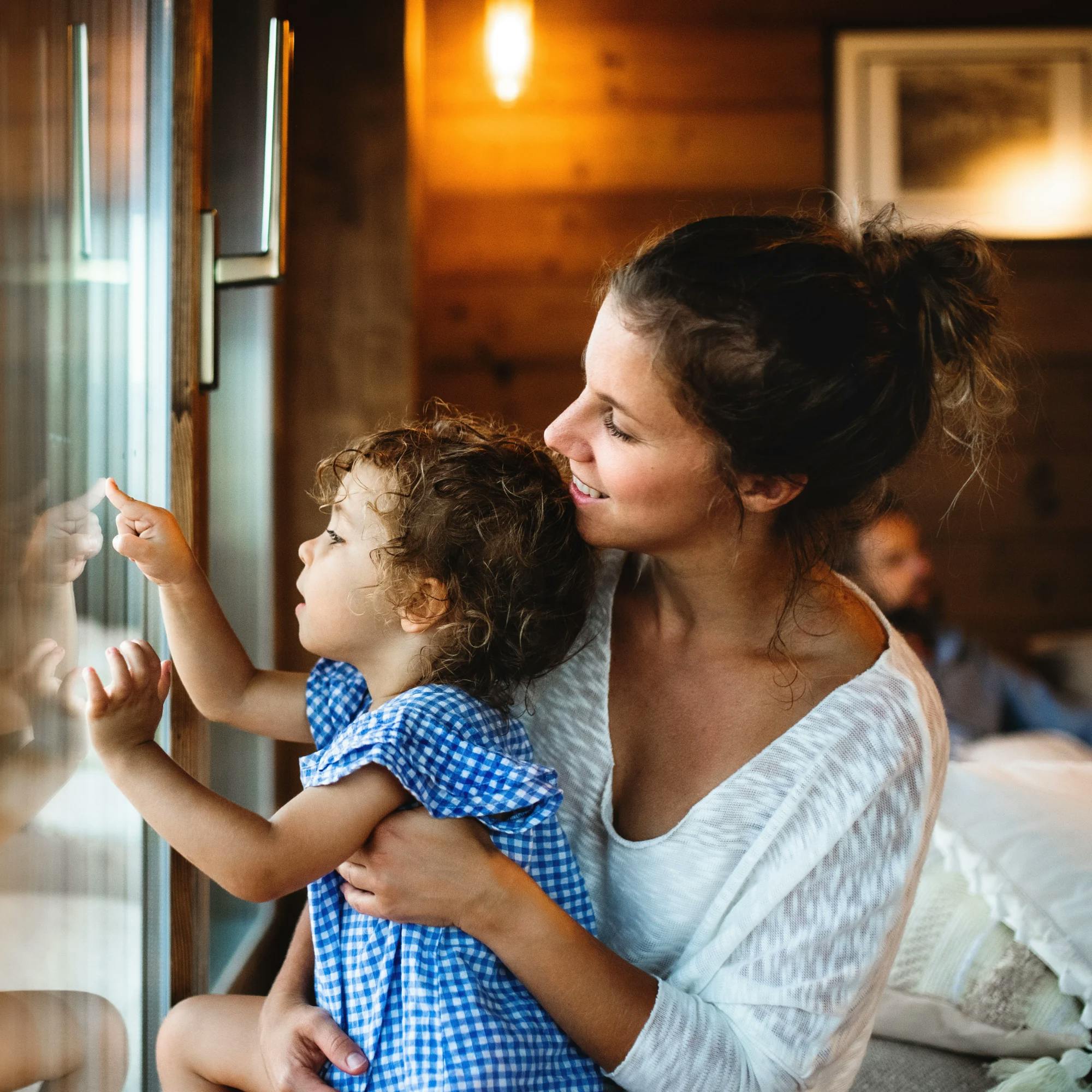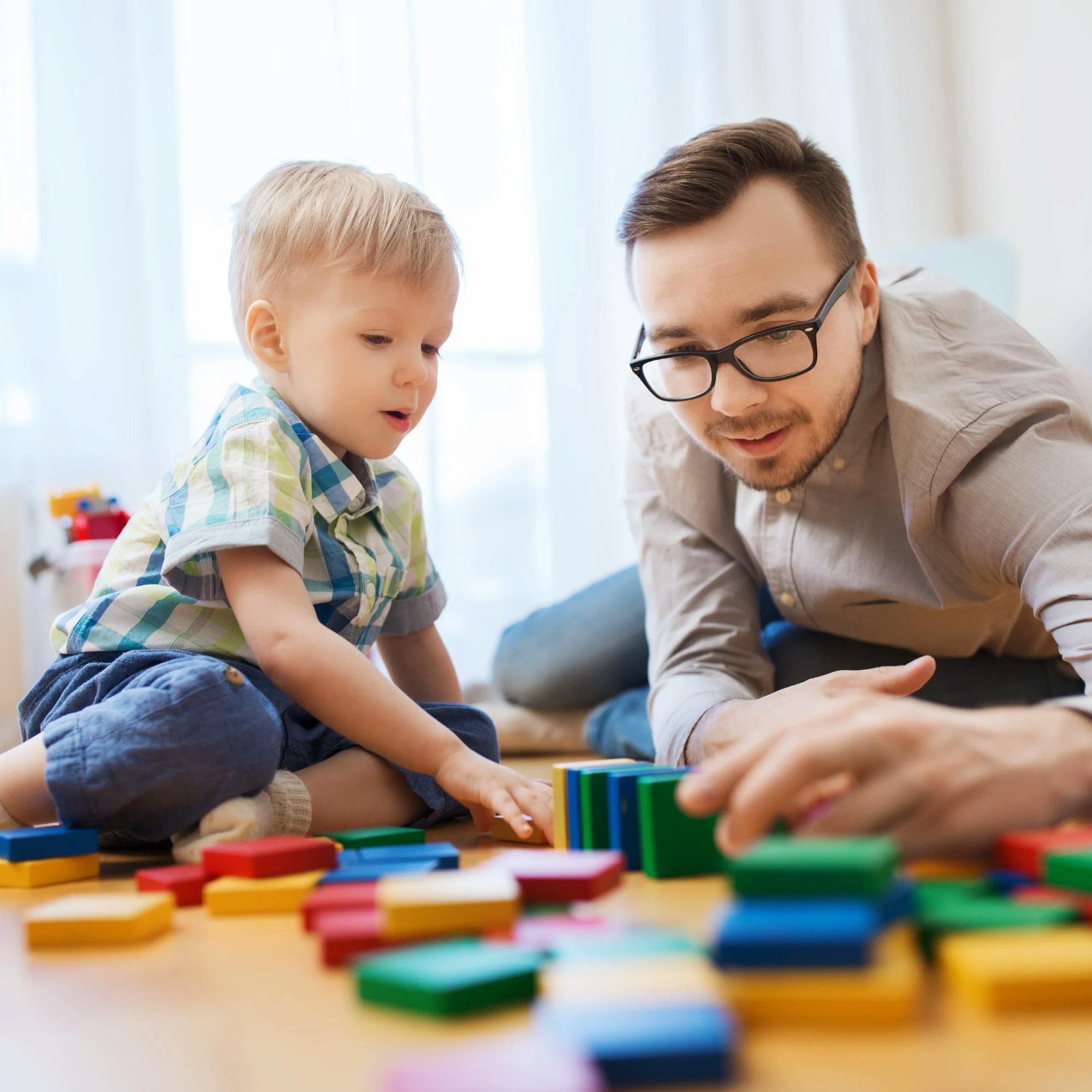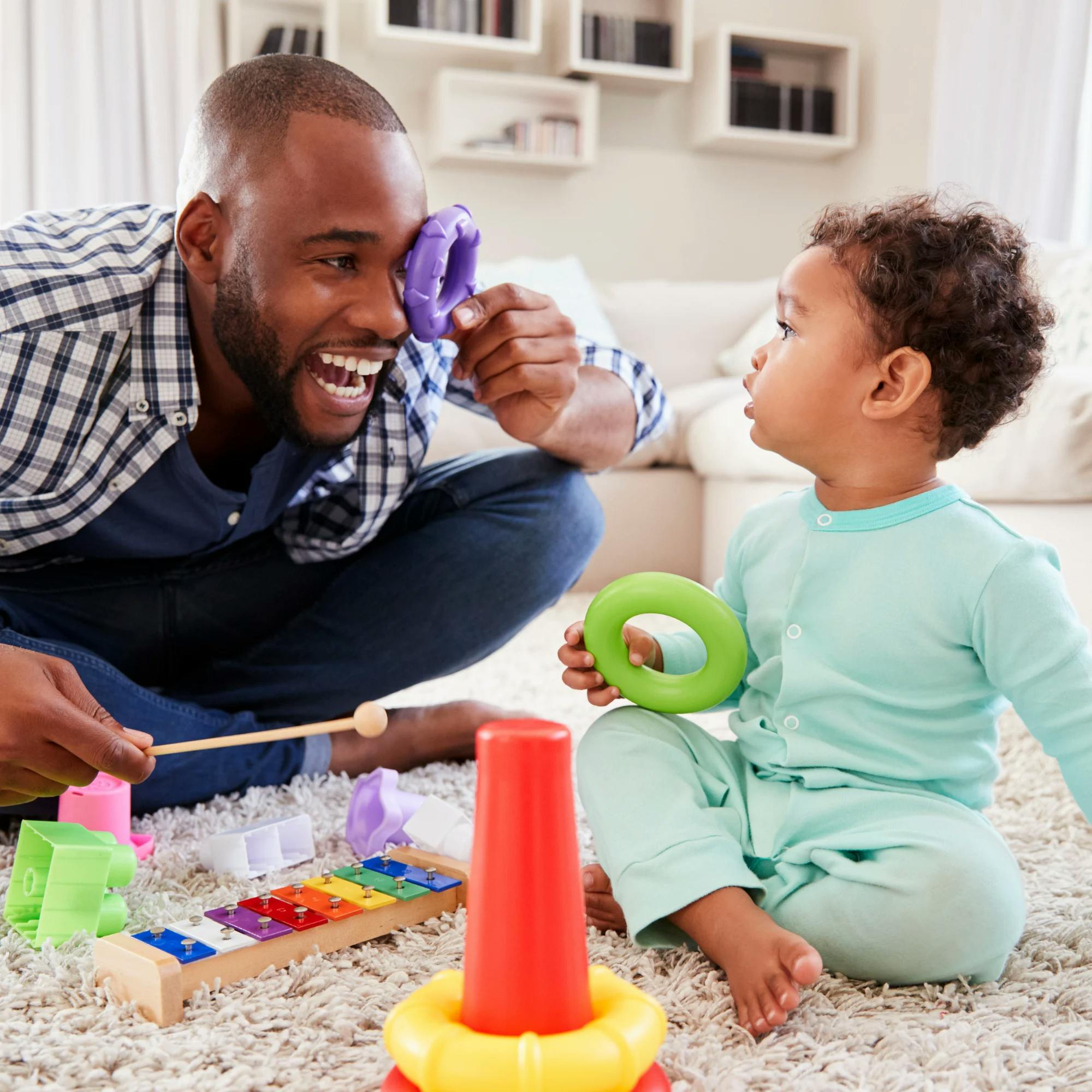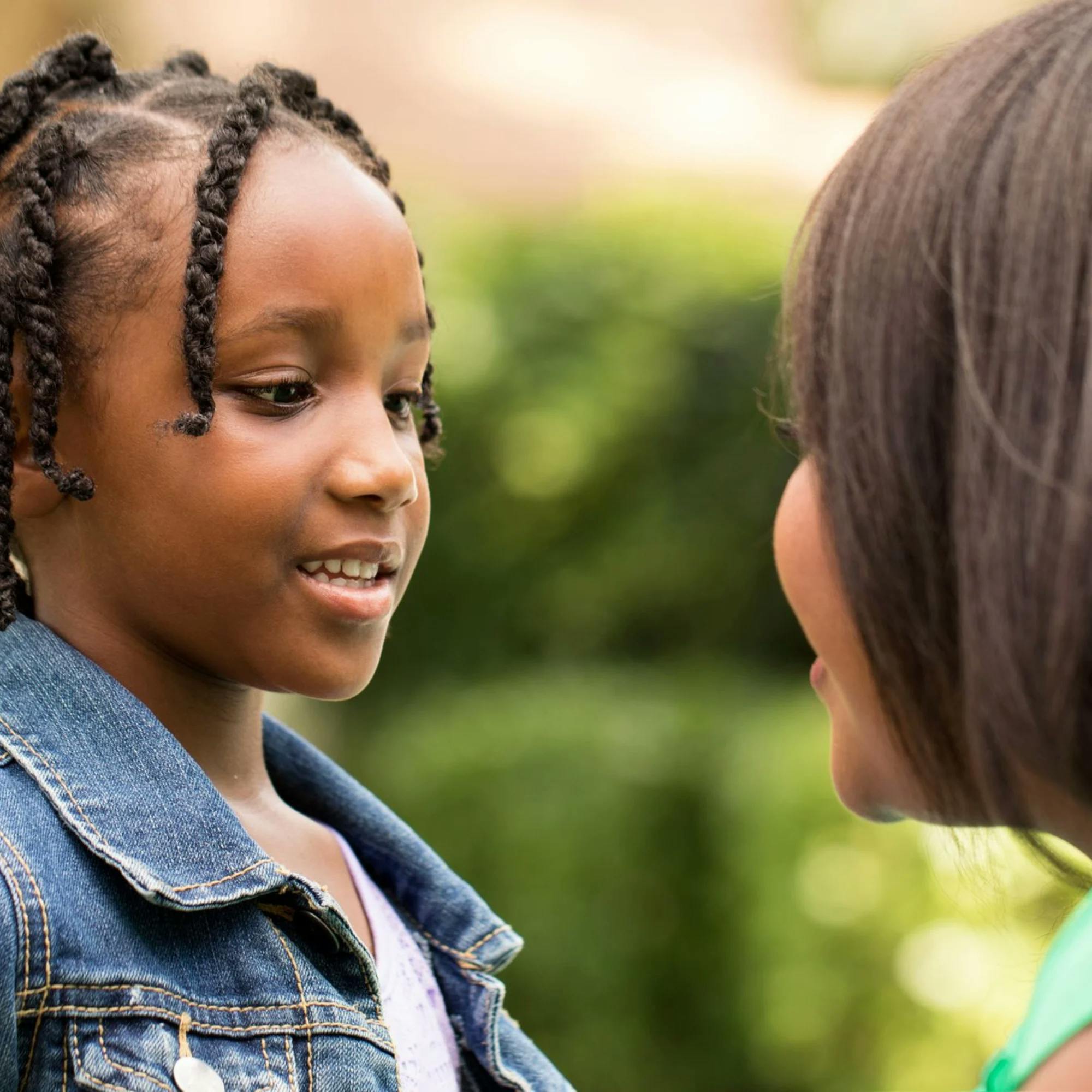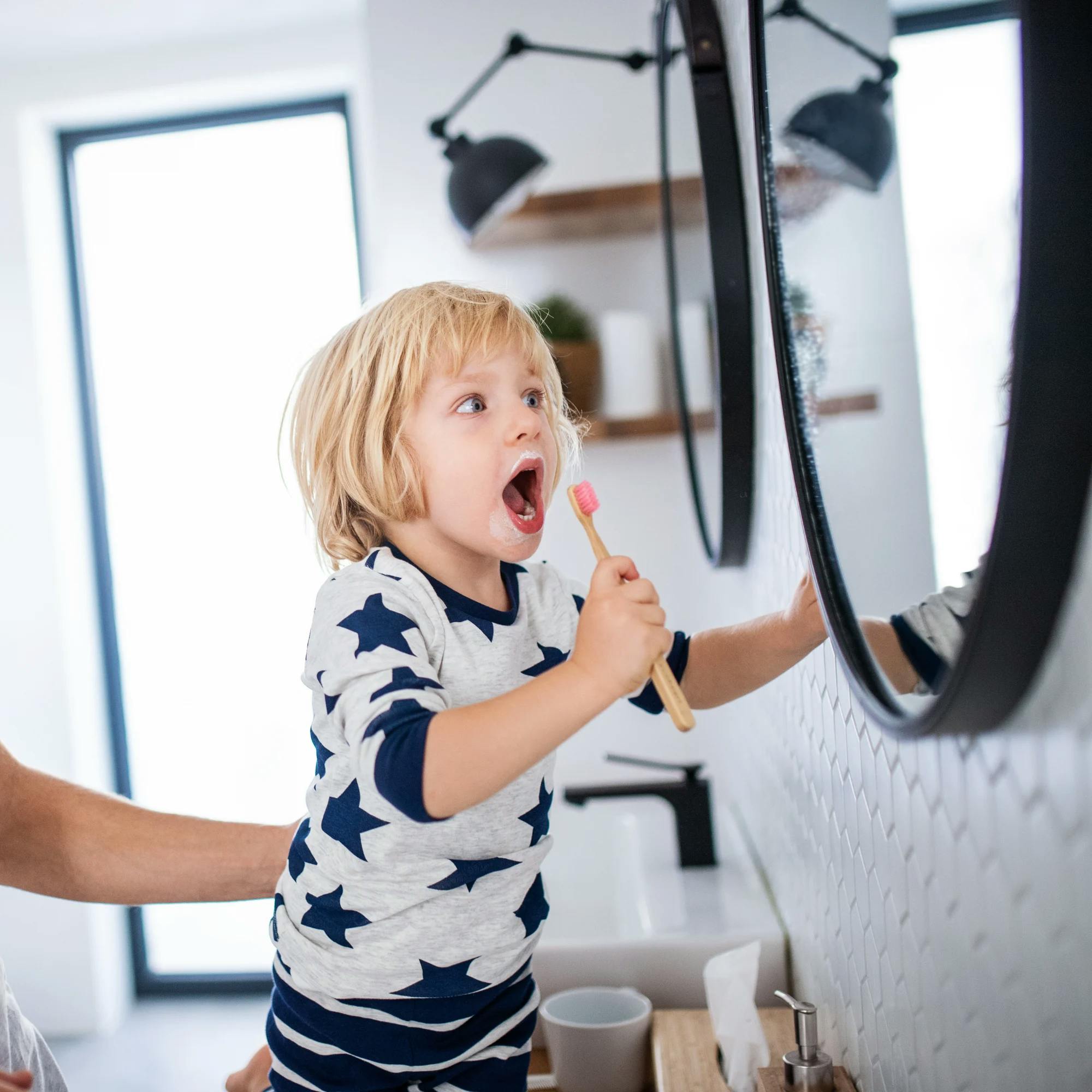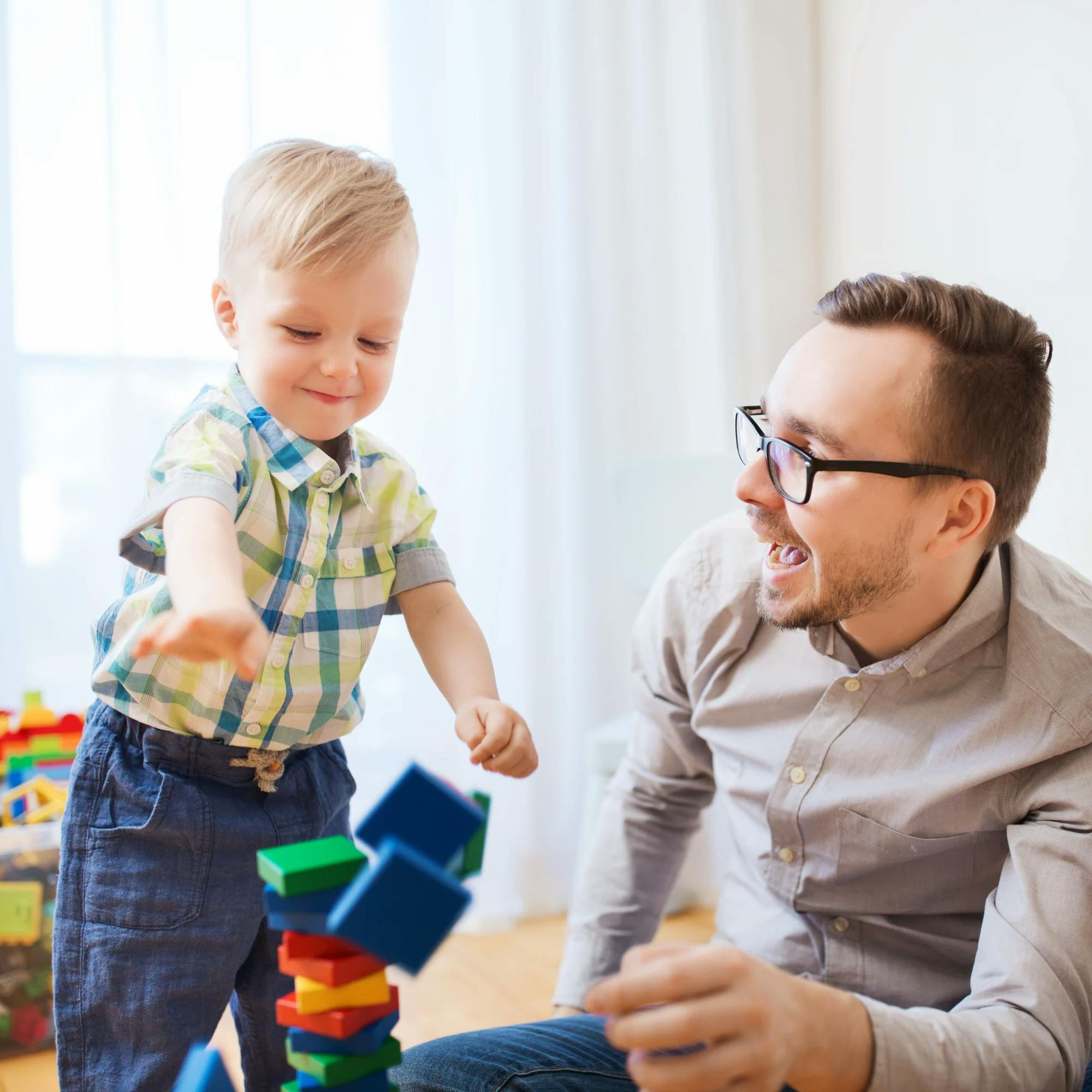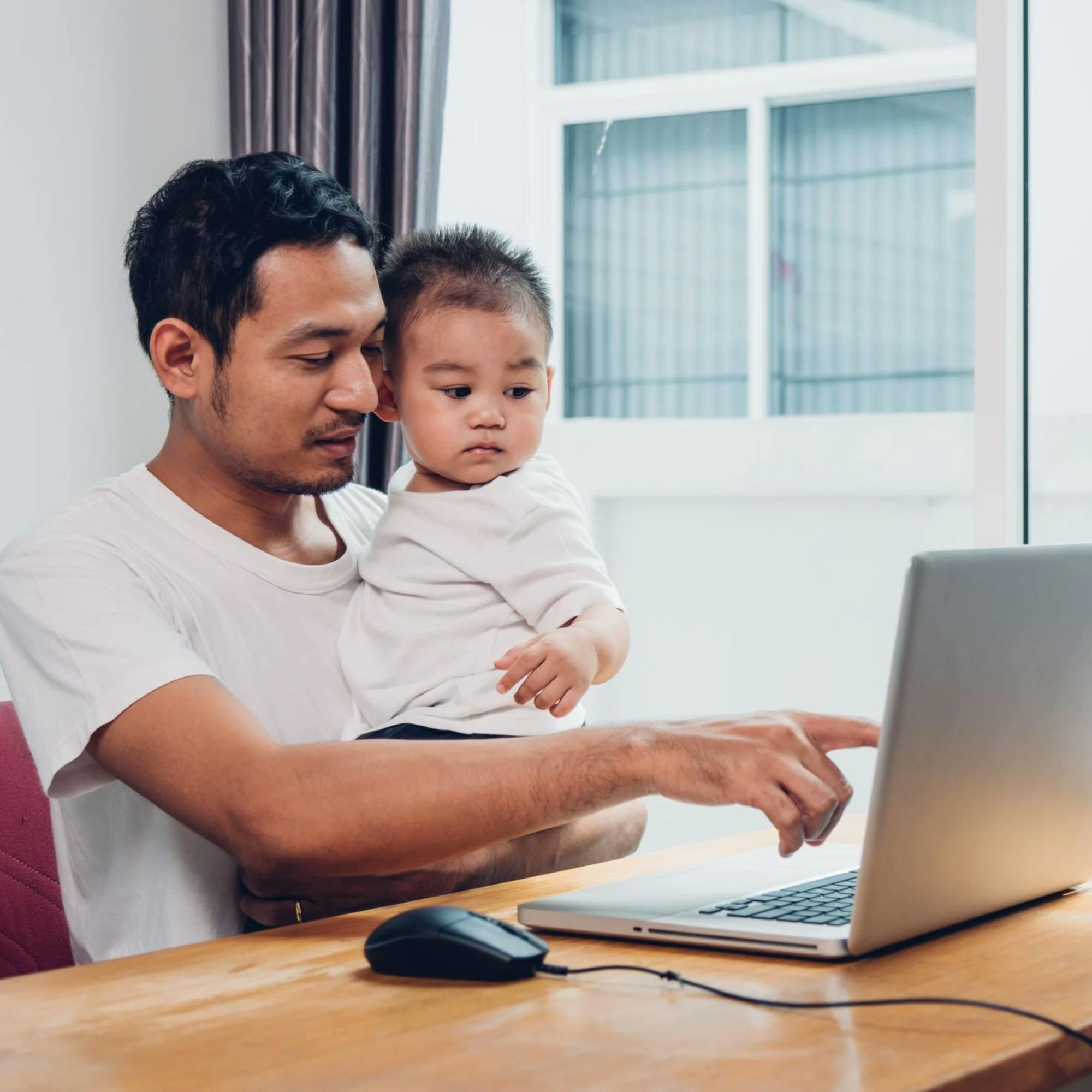Have you ever been trying to communicate with your toddler and thought–or maybe even said out loud–“I wish you could just tell me what you need!” It’s a common feeling for caregivers, especially when you have an unhappy toddler on your hands. We just want to make everything right for our kids, but when they aren’t talking yet, that can feel challenging.
One of the best ways to help your toddler during this stage is to teach them how to answer yes or no questions. That can mean using the words, or shaking or nodding their head. Read on to learn how.
Why are yes and no questions so helpful?
Being able to express yes or no can be huge for a toddler. So much can be communicated by answering a simple yes or no question.
Here’s an example. If your toddler is crying and you don’t know what’s wrong, you can start going through a list: “Are you hungry?” “Do you need your milk?” Or you can ask questions to help them tell you what they want to do: “Do you want to go outside?” “Do you want to play with trains?” A simple “yes” or “no” will tell you a lot of what you need to know!


When do toddlers start answering yes and no questions?
According to the communication checklist from the American Speech-Language-Hearing Association, children typically start nodding their head for yes and shaking their head for no by 13 to 18 months old. Some toddlers may even answer verbally at this age. But the goal for this age range is to simply answer with a head gesture.
3 ways to teach your child to answer yes or no questions
Some toddlers pick up this skill quickly, but others may need some help in getting there. Here’s what you can do.
1 Model the words and gestures yourself
Modeling, or demonstrating, how to use yes and no by saying the words and moving your head is one of the best ways to teach your toddler this skill.
You can do this modeling even if you haven’t asked your child a question that you actually need the answer to.
Try it like this: As you talk with your child about what you’re doing together, try to work in some use of yes and no. If you’re at the park and swinging, you can say, “Are you swinging? Yes! You are swinging!” Be sure to give a big head nod as you say “yes.”
Here’s another example. Let’s say you think your kiddo is hungry, and you try to give them a snack, but they push it away. You can model, “You’re not hungry, no, not hungry,” with a head shake.
Your toddler will probably start to understand the use of no when you naturally have to tell them “no.” So let’s say they’re throwing food off their plate or yelling loudly at the library. You may say “No, don’t yell” or “No, no throwing” with a head shake. Even though these situations can be frustrating, think of them as a chance for your child to start to understand these words!
2 Give your toddler lots of opportunities and enough time to answer
The more chances a child has to answer yes or no questions, the faster they’ll learn. Think about when you can ask your toddler questions instead of assuming what they want. Even if you know they’re hungry, go ahead and ask, “Do you want to eat?” Or if you know they want their favorite blanket for naptime, go ahead and ask, “Do you want your blanket?”
Try to give your child enough time to answer, too. Wait at least 5 to 10 seconds. You can also repeat the question if needed.
When possible, it’s helpful to ask questions that you’re pretty sure you know the answer to. This way you can tell if your child is answering “correctly.” So if your child is having lots of fun playing in the bath, try asking if they want to get out. You’ll likely get a quick “No!” or a head shake!

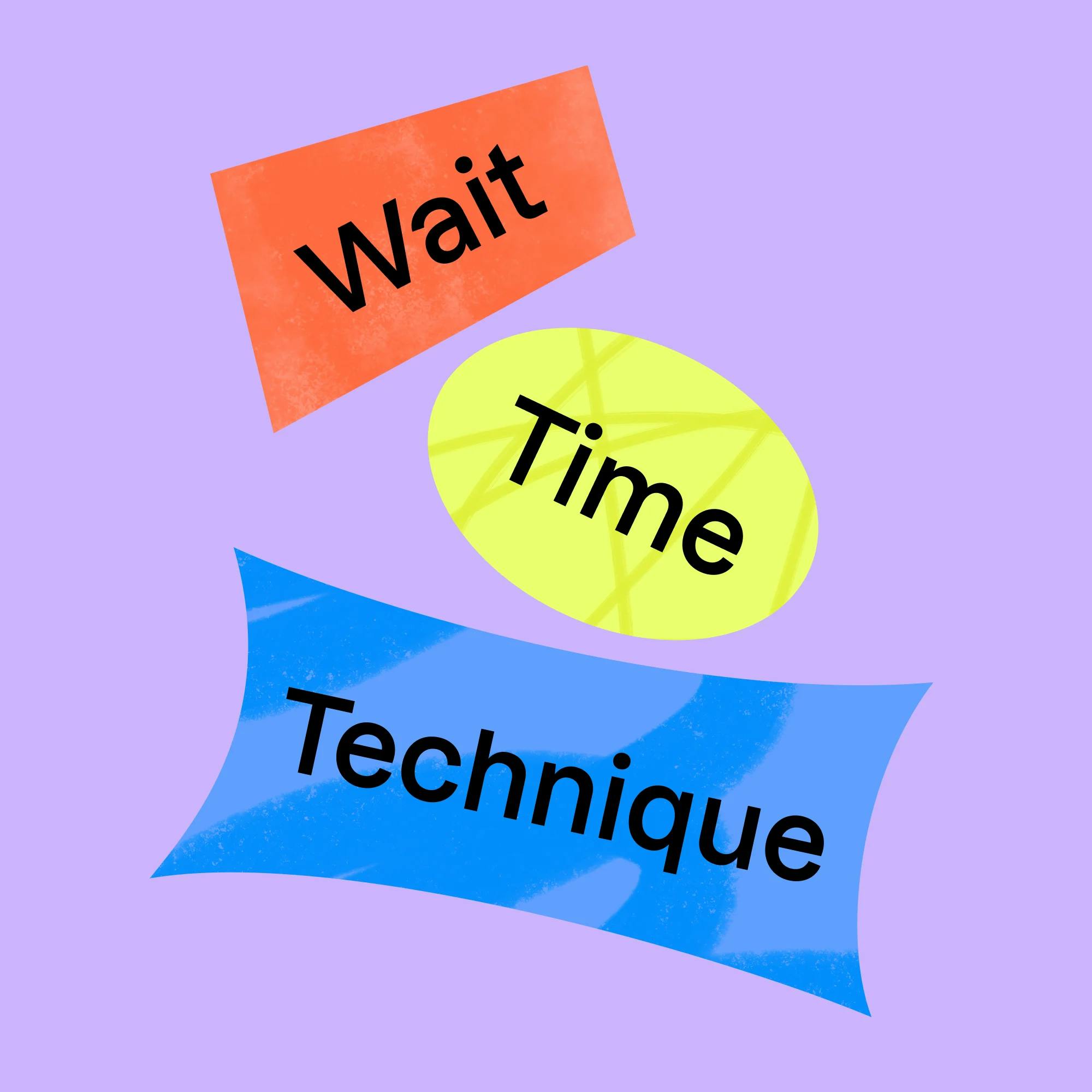
3 Give a verbal choice of “yes” or “no”
If you try these techniques and your child still isn’t answering with a head shake or nod, try giving choices. For example, you could ask, “Do you want to go down the slide?” Then pause and say, “Slide? Yes or no?” See if this helps your child answer.
You can also try asking one-word questions by raising the pitch in your voice, as we often do for questions. So try “Cookie? Yes or no?” or “Book? Yes or no?”
What if your toddler is having a hard time answering questions?
It’s normal for this skill to take some time to develop. It may require lots of practice for your child. But if your toddler is getting close to 18 months old and is having difficulty answering questions, it’s a good idea to talk with a speech therapist. Early language and communication skills build on one another. So if a child is struggling with one area of communication development, it’s best to address it as soon as possible.
If your toddler is close to 18 months old and having difficulty with answering questions, talk with a speech therapist.
Here’s another thing to keep in mind. Unfortunately, it can take some time to schedule your first appointment for speech therapy. At many practices, waitlists are common. So it’s best to start the process as soon as you can.
At your child’s initial speech and language evaluation, the speech therapist will assess your child’s current communications strengths and weaknesses. The ability to communicate functionally in everyday situations will be discussed. And yes or no questions are a big part of functional communication!
Once the speech therapist determines if therapy is needed, they will work with you to create personalized goals for your child. After each therapy session, the speech therapist should give you activities to practice at home. Practicing at home, during your child’s daily routines, is one of the most important parts of making progress in speech therapy.

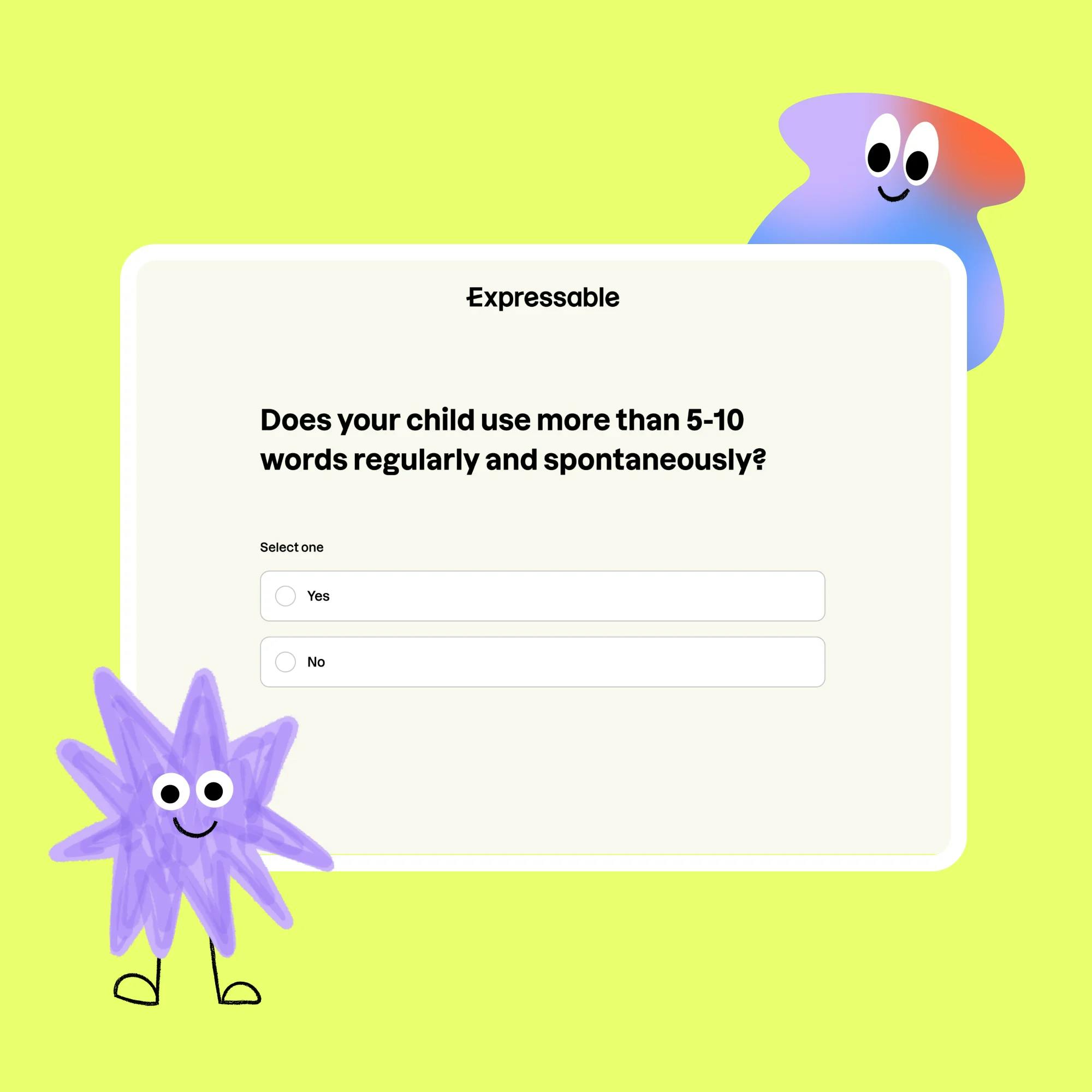
Take our online screener
If you have any concerns about your child’s speech and language development, consider taking our self-screener, which is tailored by age. You’ll gain some insight into how your toddler is progressing. At Expressable, we’re here to partner with you to help your child become a clear, confident communicator.
How Expressable Can Help
Concerned your child isn't reaching age-expected milestones? Looking for communication support from a professional? Expressable is a national online speech therapy practice serving children and adults. We treat all major areas of communication and feeding, offer flexible hours including evenings and weekends, and accept most major health insurance plans. We’re proud to have earned more than 3,000 5-star reviews from our clients (4.9/5 average).
Our therapy model is centered on parent and caregiver involvement. Research proves that empowering caregivers to participate in their loved one’s therapy leads to better outcomes. That’s why we combine live, 1-on-1 speech therapy with personalized education and home practice activities for faster progress.
Communication is more than words. It’s how we share how we feel and show who we are. We’re here to help you or your child do just that.

 Abby Barnes, M.S., CCC-SLP
Abby Barnes, M.S., CCC-SLP